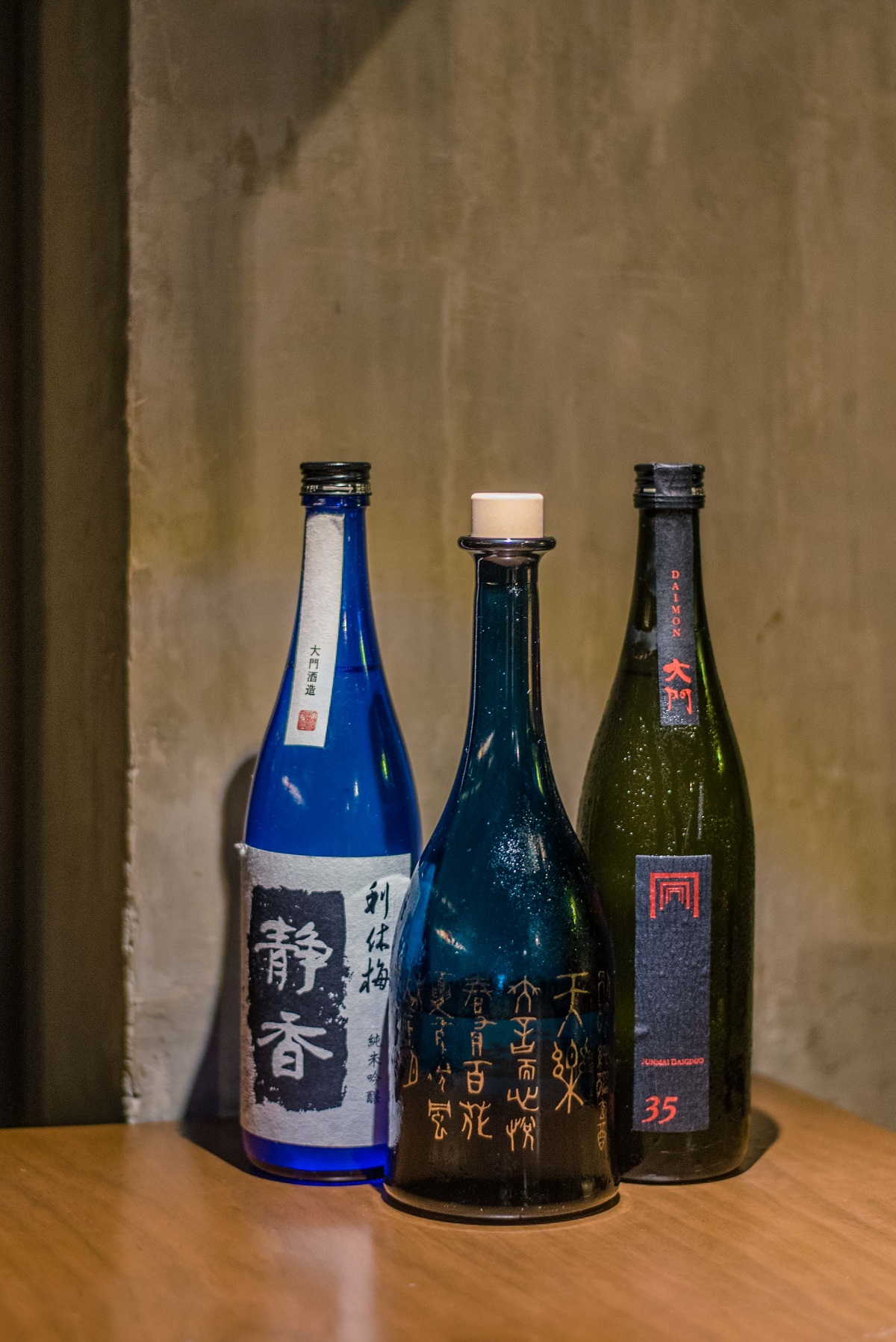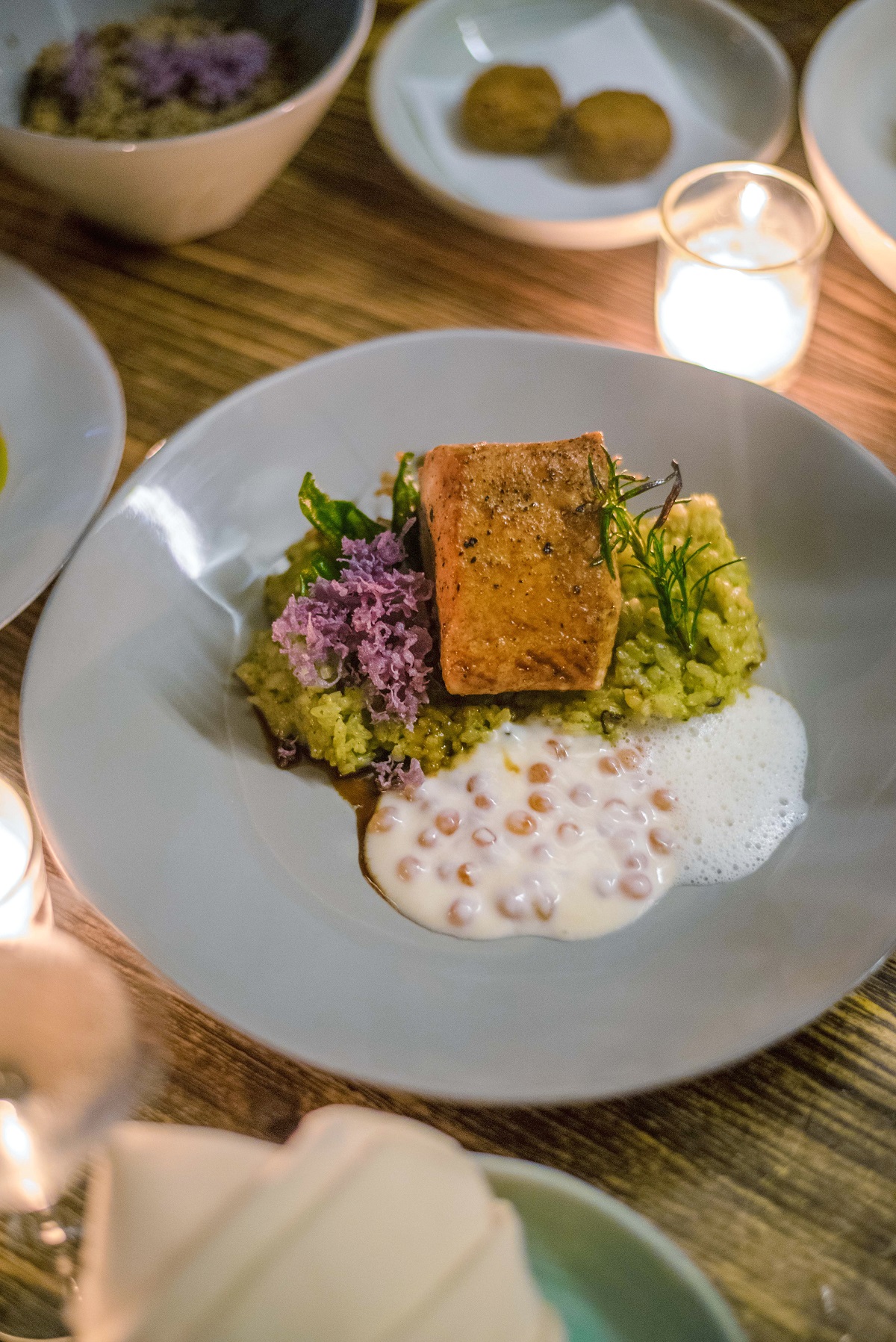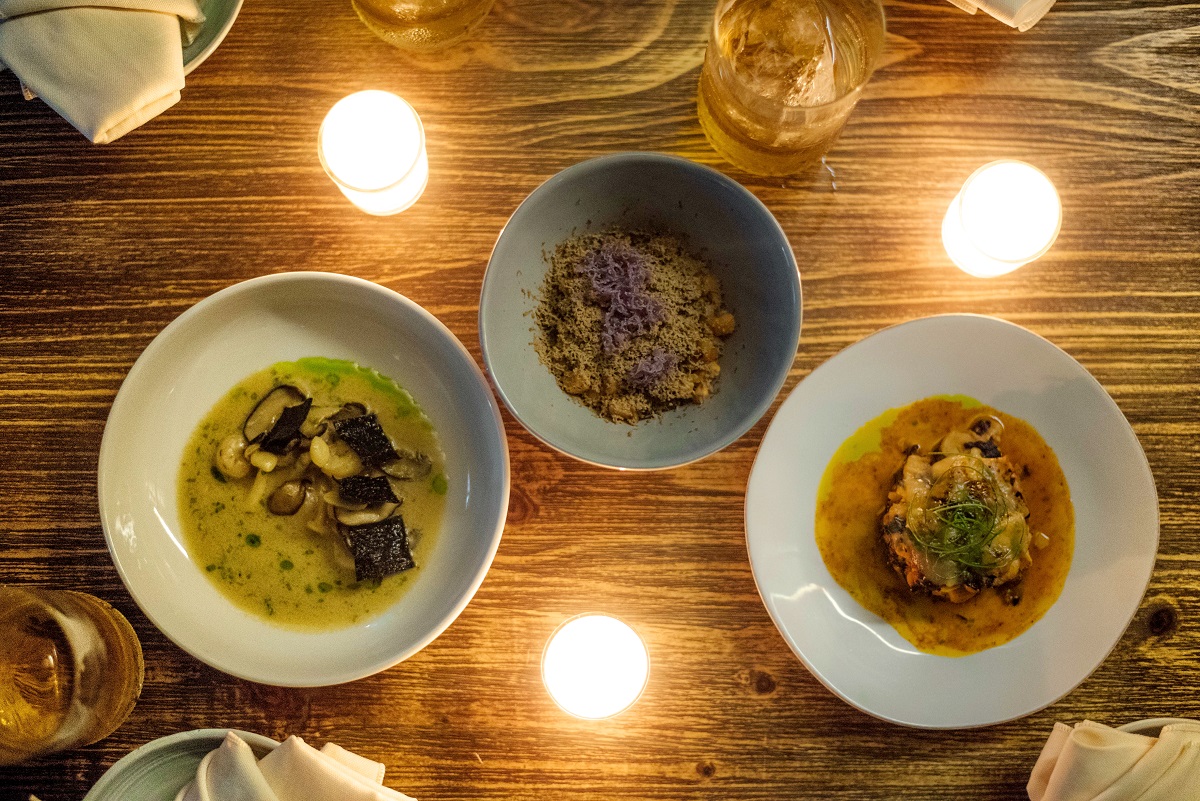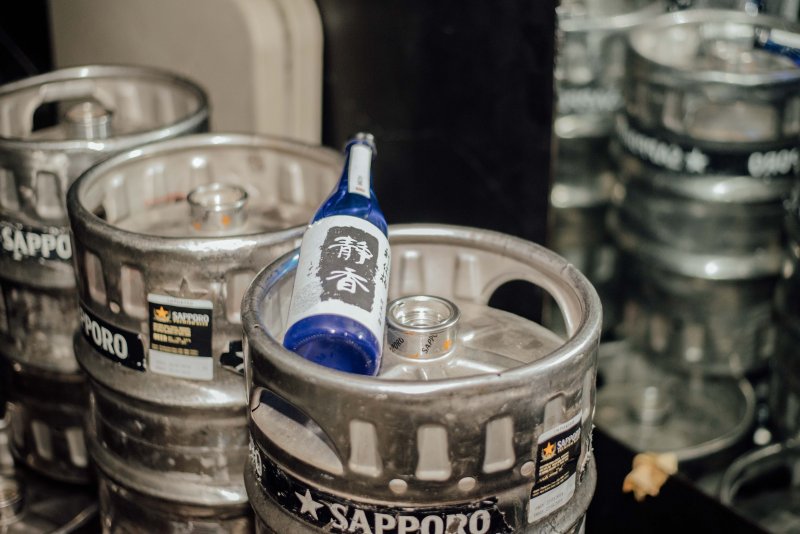Tadeo Chua has the best alcohol-related job we’ve ever heard of. Other than running the newest Japanese-Scandinavian gastropub Yoi in Poblacion, he’s a trained and certified sake sommelier. Yes, that means he knows everything there is to know about drinking the famous Japanese rice wine, whether you’re drinking it by itself or pairing it with food. And if you love sake the way he does, it turns out you can be like him too.
So what exactly does a sake sommelier do? It turns out that they do literally what you’d expect, say, a wine sommelier to do. If you’re coming into Yoi or ordering sake anywhere with little knowledge of the liquor, it’s the sommelier’s job to smarten you up. “Most people don’t understand it like that—they see sake as something like vodka,” Chua says. “Some people, when they think of sake, they think of shochu, a pungent, strong drink.”

Chua knows how each bottle and brand of sake tastes—from the purer brews that taste somewhat like vodka to more flavorful versions you may enjoy. A sommelier knows exactly which bottle of sake you need with whatever it is you’re eating because he knows diners would like to know what they should drink. It turns out that sake is paired just like any other beverage: acidic, fizzier brews go with oily foods, while richer brews go best with equally rich foods.
“With diners, it matters to them to know they’re talking to someone certified, someone who studied the trade,” he explains. “It’s a different experience; unlike wine, when you say Cabernet Sauvignon, you know what to expect, but with sake, it’s labeled Junmai Ginjo, Ginjo, Honjozo, it’s very different. You don’t get the profile from the name of the bottle. You need to taste it.”
Sitting with him in the late afternoon before Yoi opens at 7 p.m., Chua says it’s his pure love of and fascination with sake that drove him to become a sommelier. “I opened Hamaru, a yakitori restaurant in Quezon City, but it didn’t work because of the location,”
“[People] think all sake sommeliers are stiff, very formal—when you have a sommelier by your side, it’s a very formal setup, it’s fine dining,” Tadeo Chua says.
“I was into Japanese whiskey. I was always at Lit [the Japanese whiskey bar in Serendra], listening to Francis Hasegawa, trying to learn things. Then through Hamaru, I learned about sake—well, a little about sake—I loved it. When it didn’t work, I got this place, I thought, ‘Hey, sake’s a good drink, but why doesn’t anybody know anything about it?’
“So I thought, why not go to Japan and learn things about sake?”

Not only did he enroll in a month-long training course with the Sake Sommelier Association (SSA)—where he had to try and taste 40 to 50 bottles of sake a day, do blind-tasting, and pass written exams—but he also pleaded to stay and work with a couple sake breweries to find out how the drink was made.
“I begged them to take me in because I really wanted to learn,” Chua says. “Because a sake sommelier is supposed to profile drinks and research stories of the bottle. But you can never understand how it’s made. That’s why I worked there.”
“My favorite thing about sake is working in the brewery, when you press it, the final product, that makes me happy. But what not many people might think makes most kurabitos—[sake brewery] workers—happy is the sound of the moto when you wake up; the starter, when you leave it overnight, if it makes popping sounds in the bottle because it’s alive, that’s music to our ears. They even write poems about that.”

He even has a batch of sake that he proudly brewed himself. That’s how in love he is with the liquor, and he’s going the extra mile by sharing it with anyone who wants to try not only the drink but also follow in his footsteps. Chua is working on franchising a local arm of the SSA for those who want basic formal training, but for the advanced courses (which involve the aforementioned tasting of at least 40 bottles a day) you’ll have to fly to and train in Japan.

And you don’t have to have a strict, formal culinary or hospitality background to be a sake sommelier. “[People] think all sake sommeliers are stiff, very formal—when you have a sommelier by your side, it’s a very formal setup, it’s fine dining,” Chua says. “What’s good about our generation is that it’s changing. I’ve been meeting sommeliers our age who are very different from what you may think of a sommelier; they’re into hip-hop, very chill, they go to conferences in roundnecks.” The image of Chua himself when we meet him, just wearing a black shirt, jeans, and an apron, proves how relaxed he says his profession is.
Of course, being a sake sommelier is something you should get into if you’ve got the passion for it, or at least the curiosity, the same way Chua did.
“It’s so easy to drink. My favorite thing about sake is working in the brewery, when you press it, the final product, that makes me happy. But what not many people might think makes most kurabitos—[sake brewery] workers—happy is the sound of the moto when you wake up; the starter, when you leave it overnight, if it makes popping sounds in the bottle because it’s alive, that’s music to our ears. They even write poems about that.”









































